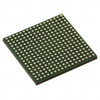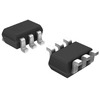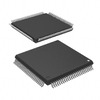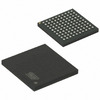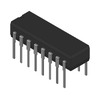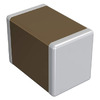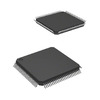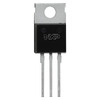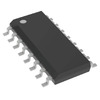Innovative Guide to AA Batteries: Sizes, Types, and Effective Equivalents
The AA battery, an ultimate component in modern portable power solutions, exhibits remarkable versatility and technological adaptability. Originally developed by the American Ever Ready Company in 1907, AA batteries have evolved into a requisite element of daily life, powering a vast array of devices from children's toys to serious medical equipment. This article digs into the nuanced specifics of AA batteries, exploring their design, chemical compositions, voltage and capacity specifications, and their standardized global designations.
It widely examining the complex roles and capabilities of AA batteries, we gain insights into their enduring relevance in an increasingly portable world. The discussion extends beyond mere technical specifications to consider the practical implications of using AA batteries in various devices, ensuring optimal performance and compatibility while addressing environmental concerns associated with battery disposal and recycling.
Catalog

Figure 1: AA Batteries
Examination of AA Batteries
An AA battery, a cylindrical electrochemical cell, is used for providing portable power in various applications. Designed for both single-use and rechargeable needs, these batteries power a wide range of everyday devices, including children's toys, portable lights, and serious safety equipment such as smoke detectors.
The structure of an AA battery includes a sturdy casing that holds the chemical components securely, preventing leaks. This seal is dynamic to stop electrolytes from escaping, which can cause corrosion and reduce battery performance. AA batteries perform exceptionally well in colder climates where other types, using standard aqueous electrolytes, may fail. Their unique chemical composition allows them to remain active at lower temperatures.

Figure 2: AA Battery Size
AA Battery Size and Standardization
The AA battery was first developed by the American Ever Ready Company in 1907. Its standardization was achieved in 1947 when the American National Standards Institute (ANSI) set definitive specifications. Originally known as Z batteries, they have been adapted and rebranded globally, such as UM-3 in Japan and D14 and HP7 in Great Britain.
Modern AA batteries have precise dimensions: 14.5 mm in diameter and 50.5 mm in length. While commonly called 'AA', they are also known by various labels like LR6, 15A, and MN1500. These labels are not just names; they provide grave information about the battery's chemical composition, compatibility with regional standards, and brand-specific variations.
AA Battery Voltage Specifications
The voltage output of AA batteries varies with their chemical composition, directly affecting their compatibility and performance in different devices. Here’s a detailed breakdown of the voltage specifications based on battery chemistry and their practical applications:
NiCd (Nickel-Cadmium) and NiMH (Nickel-Metal Hydride) Batteries: Voltage: 1.2 volts. Suitable for regular household electronics needing steady, reliable power. Devices designed for NiMH or NiCd batteries operate optimally with this voltage, leveraging the rechargeability and durability of these cells.
Standard Zinc-Carbon and Alkaline Batteries: Voltage: 1.5 volts. A wide range of applications, including remote controls, wall clocks, flashlights, and digital cameras. These batteries offer a good balance between cost and capacity.
NiZn (Nickel-Zinc) Batteries: Voltage: 1.65 volts. Appropriate for devices that need a bit more power for enhanced performance, such as high-powered LED flashlights and electronic toys. The higher voltage can improve device performance.
Lithium-Based Batteries (Li-MnO2 and Li-SOCl2): Voltage: 3.0 to 3.6 volts. Suitable for High-drain devices like digital cameras and GPS units. These batteries provide enhanced performance and longer life expectancy.
Li-Ion (Lithium-Ion) Batteries: Voltage: Up to 3.7 volts. Suitable for Specialized or high-tech equipment requiring maximum energy density and efficiency. These are often used in devices that need the highest power and efficiency.
Capacity of AA Batteries in Milliampere-Hours
The capacity of AA batteries, measured in milliampere-hours (mAh), determines how long a battery can power a device before running out. Here’s a detailed breakdown of AA battery capacities and their practical implications:
Rechargeable Models (NiCd, NiMH): 500 mAh to 2800 mAh. High-drain devices like digital cameras and handheld gaming devices. NiMH batteries, in particular, offer high energy storage and can be recharged frequently without significant capacity loss.
Alkaline Batteries: 1800 mAh to 2700 mAh. Everyday electronic devices such as TV remotes, clocks, and flashlights. Alkaline batteries provide a reliable and cost-effective power source for moderate drain applications.
High-End Lithium Batteries: Up to 3300 mAh. Devices requiring long-lasting power, such as high-performance flashlights and emergency medical equipment. Higher capacity means longer intervals between replacements, which is beneficial for both professional and personal use.
What Can Replace an AA Battery?
Identifying the right AA battery equivalents is useful for users who need replacement batteries to ensure their devices function optimally and remain compatible. AA batteries are known by various labels globally, including LR06, Duracell MN1500, and Energizer E91. These standardized identifiers simplify the process of finding the appropriate battery type across different brands and regions, making it easier for consumers to make an informed selection. AA batteries are available in several chemical compositions, each tailored for specific uses.
Lithium batteries are ideal for high-drain devices due to their higher energy density and longer lifespan. Carbon Zinc batteries are more suitable for low-drain devices such as remote controls because they are economical, albeit with lower capacity and a shorter lifespan. Nickel-metal hydride (NiMH) batteries are excellent for devices that require frequent and intense use; they are rechargeable and perform well under varying power demands. To select the correct battery type, one should consult the device’s user manual, which typically specifies the recommended battery chemistry and capacity. For instance, a high-performance digital camera might require lithium AA batteries instead of standard alkaline to achieve better performance and a longer life.
Non-Rechargeable AA Batteries
Primary, non-rechargeable AA batteries are widely used for their simplicity and reliability. Here’s a detailed look at the different types of primary AA batteries, focusing on their specific uses and practical implications:
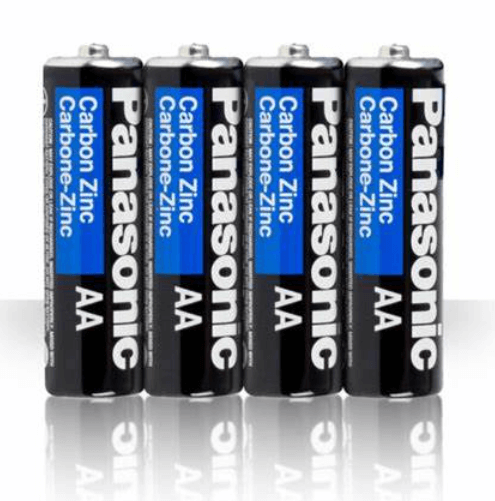
Figure 3: Zinc-Carbon Batteries
Provide a standard voltage of 1.5V with capacities ranging from 600 to 1600 mAh. Suitable for low-drain devices like wall clocks and remote controls. Lower energy density and shorter shelf life make them less favored for modern applications.
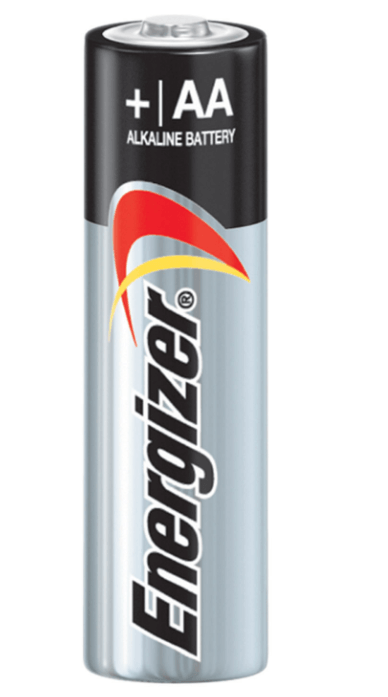
Figure 4: Alkaline Batteries
Offer capacities up to 2700 mAh with an extended shelf life. Ideal for a wide range of applications, from household gadgets to medical devices, due to their reliable and long-lasting power. Alkaline batteries dominate the market because of their higher capacity and durability. Some versions are rechargeable, offering more sustainable options.
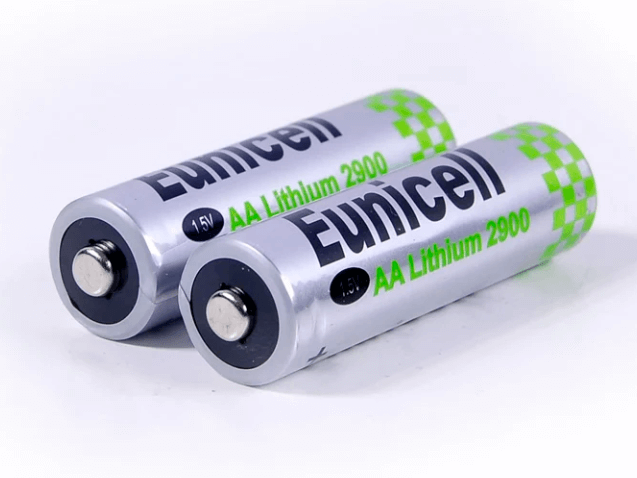
Figure 5: Lithium Iron Disulfide (Li-FeS2) Batteries
Provide superior performance with capacities up to 3300 mAh and an extended shelf life. Perfect for high-energy demand devices like digital cameras and GPS systems, where extended usage and reliability are settling. Represent a significant advancement in battery technology, offering higher capacity and longer life.
The Benefits and Uses of Rechargeable AA Batteries
Rechargeable AA batteries offer an eco-friendly and cost-effective alternative to disposables. Here’s a detailed breakdown of the types of rechargeable AA batteries, focusing on their technical specifications and practical uses:
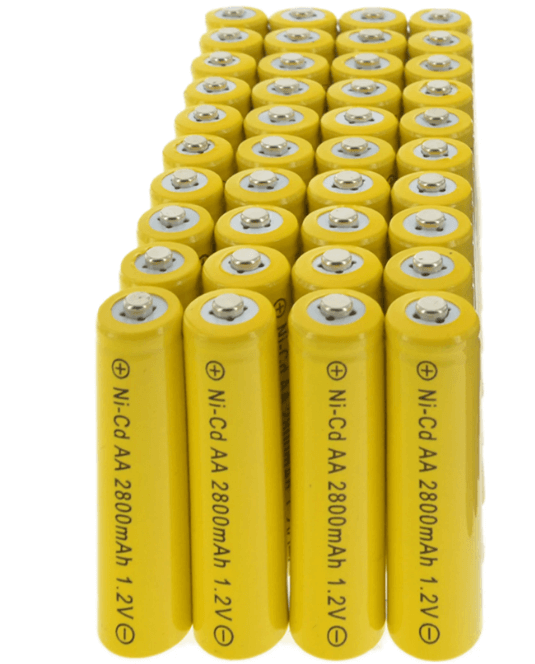
Figure 6: Nickel Cadmium (NiCd) Batteries
Nominal voltage of 1.2 volts, capacities from 600 to 1200 mAh. Suitable for power tools and emergency lighting systems due to robust performance in cold temperatures and fast charging capabilities. Declining use due to environmental concerns over cadmium, a toxic heavy metal.
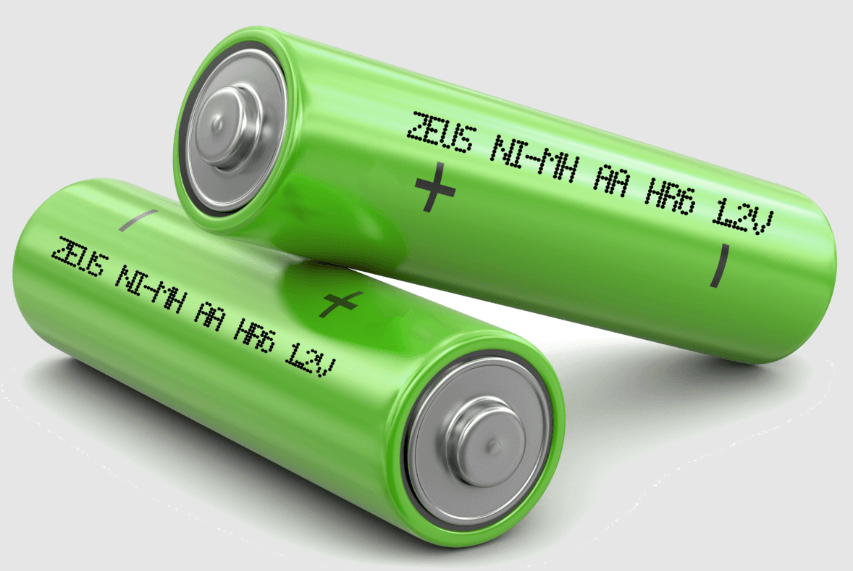
Figure 7: Nickel Metal Hydride (NiMH) Batteries
Nominal voltage of 1.2 volts, capacities up to 2800 mAh. Ideal for frequent-use devices like digital cameras, portable gaming devices, and high-performance flashlights. Higher capacity and reduced environmental impact compared to NiCd batteries. The minimal memory effect allows for maintaining capacity after many charging cycles.
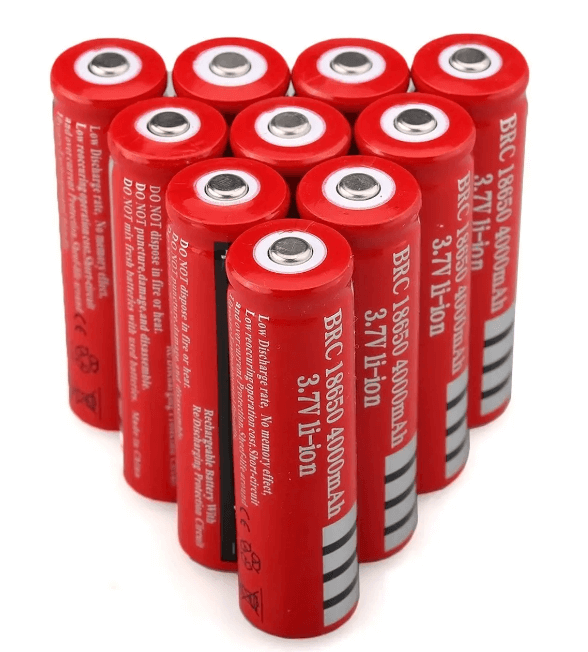
Figure 8: Lithium-Ion (Li-ion) Batteries
Higher voltages and capacities compared to NiCd and NiMH. Best for energy-demanding applications like laptops and smartphones, where longer battery life between charges is insistent. Greater efficiency, longer lifespan, lightweight, and high energy density make them ideal for portable electronics.

Figure 9: AA Batteries and Lithium-Ion 14500 Batteries
Comparing AA Batteries with Lithium-ion 14500 Batteries
Comparing standard AA batteries to 14500 lithium-ion batteries reveals significant differences in voltage and capacity, which greatly impact device compatibility and performance. Here’s an in-depth exploration of these distinctions:
Voltage Differences
Standard AA batteries typically operate at 1.5 volts, making them suitable for many household devices. In contrast, 14500 lithium-ion batteries deliver 3.6 to 3.7 volts. This higher voltage can provide more power but poses risks of incompatibility with devices designed for lower voltages. Using a 14500 battery in a device intended for 1.5 volts can lead to overpowered electronics, potentially causing operational failure or damage.
Capacity and Performance
AA batteries come in various chemistries with capacities up to 3300 mAh (in the case of lithium AA batteries). However, 14500 lithium-ion batteries often exceed this, offering enhanced performance and longer usage times. This makes them ideal for high-drain applications like high-intensity flashlights and portable electronics requiring prolonged power.
Physical Similarities and Electrical Differences
Despite their similar cylindrical shapes and dimensions, the internal electrical characteristics of AA and 14500 lithium-ion batteries differ significantly. This physical resemblance can lead to user confusion, highlighting the importance of verifying device specifications before substitution.
User Guidance and Safety
Users must consult their device manuals to ensure that the battery's voltage and capacity match the device’s requirements. Using a 14500 lithium-ion battery as a replacement for a standard AA without proper verification can damage the device and pose safety risks due to the higher energy output.
Diverse Uses of AA Batteries
AA batteries are fundamental to modern technology, offering versatility and reliability across various applications. Here's a detailed look at their roles in different devices:
|
AA Battery Uses |
|
|
Household Devices |
AA batteries are widely used in household
items such as digital thermometers, remote controls, wall clocks, and
calculators. Their consistent voltage and capacity make them ideal for
devices that require dependable, long-term power. |
|
Commercial Equipment |
In commercial settings, AA batteries
power security systems, wireless mice and keyboards, and portable barcode
scanners. Their stable power delivery ensures these devices operate
efficiently, supporting basic business functions. |
|
Medical Devices |
AA batteries are settling in the
healthcare sector, powering equipment like glucose monitors, portable blood
pressure monitors, and diagnostic tools. The reliability of these batteries
is dynamic, as they directly impact patient care and safety. |
|
High-Demand Applications |
For energy-intensive devices such as
digital cameras, handheld gaming consoles, and high-performance flashlights,
AA batteries are requisite. Lithium AA batteries, with their higher capacity
and energy output, provide extended usage times and enhanced performance for
these applications. |
|
Emergency Equipment |
AA batteries are serious in powering
emergency equipment like smoke detectors and emergency radios. Their
reliability ensures these devices function properly during emergencies,
providing safety and security. |
Conclusion
The exploration of AA batteries reveals their grave role not only in everyday applications but also in advancing technological reliability and environmental sustainability. From their robust performance in cold climates to their adaptability across different devices, AA batteries demonstrate a balance between efficiency and practicality. The detailed analysis underscores the importance of understanding battery chemistry, voltage, capacity, and equivalents to maximize device functionality and longevity. In addition, the shift towards rechargeable battery options like NiMH and Li-ion reflects an increasing commitment to eco-friendly energy solutions, highlighting the importance of innovation in battery technology. As we continue to rely on portable power, the evolution of AA batteries will play a key role in shaping the future of electronic devices, ensuring they meet the demands of both high-performance applications and everyday convenience.
Frequently Asked Questions [FAQ]
1. Are there different sizes of AA batteries?
AA batteries are standardized in size. They typically measure about 50.5 mm in length and 14.5 mm in diameter. However, they can vary in capacity and voltage depending on the type, such as alkaline or lithium.
2. What are the different types of battery sizes?
Batteries come in various sizes beyond AA, including AAA, C, D, and 9V, each designed for different applications. AAA batteries are smaller and used in lightweight devices, C and D are larger and suited for high-drain devices, and 9V batteries are typically found in smoke detectors and other specialty equipment.
3. What is the standard AA battery type?
The standard AA battery is typically an alkaline battery, labeled as LR6. These are widely used due to their balance of capacity, voltage, and cost. They are suitable for a wide range of everyday devices like remote controls and flashlights.
4. What's the difference between LR6 and AA batteries?
There is no difference between LR6 and AA batteries in terms of size. "LR6" is the IEC standard designation for AA alkaline batteries, referring specifically to their chemical composition and voltage (1.5 volts).
5. What is the lifespan of an AA battery?
The lifespan of an AA battery depends on its type and the device it powers. Alkaline AA batteries can last between 5 to 10 years in storage with minimal power loss. In use, their lifespan varies widely: a battery in a clock might last years, while in a digital camera, it may only last a few hours.
About us
ALLELCO LIMITED
Read more
Quick inquiry
Please send an inquiry, we will respond immediately.
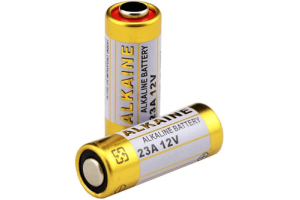
A23 Battery Specifications and Compatibility
on July 25th
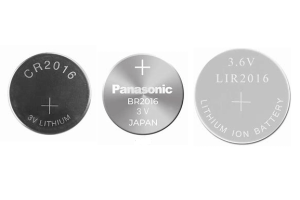
A Detailed Guide to CR2016, BR2016, LiR2016, and Their Battery Equivalents
on July 24th
Popular Posts
-

What is GND in the circuit?
on January 1th 2814
-

RJ-45 Connector Guide: RJ-45 Connector Color Codes, Wiring Schemes, R-J45 Applications, RJ-45 Datasheets
on January 1th 2398
-

Fiber Connector Types: SC Vs LC And LC Vs MTP
on January 1th 2008
-

Understanding Power Supply Voltages in Electronics VCC, VDD, VEE, VSS, and GND
on November 5th 1751
-

Comparison Between DB9 and RS232
on January 1th 1723
-

What Is An LR44 Battery?
Electricity, that ubiquitous force, quietly permeates every aspect of our daily lives, from trivial gadgets to life-threatening medical equipment, it plays a silent role. However, truly grasping this energy, especially how to store and efficiently output it, is no easy task. It is against this background that this article will focus on a type of coin cell battery that may seem insignificant on the...on January 1th 1673
-

Understanding the Fundamentals:Inductance Resistance, andCapacitance
In the intricate dance of electrical engineering, a trio of fundamental elements takes center stage: inductance, resistance, and capacitance. Each bears unique traits that dictate the dynamic rhythms of electronic circuits. Here, we embark on a journey to decipher the complexities of these components, to uncover their distinct roles and practical uses within the vast electrical orchestra. Inductan...on January 1th 1611
-

CR2430 Battery Comprehensive Guide: Specifications, Applications and Comparison to CR2032 Batteries
What is CR2430 battery ?Benefits of CR2430 BatteriesNormCR2430 Battery ApplicationsCR2430 EquivalentCR2430 VS CR2032Battery CR2430 SizeWhat to look for when buying the CR2430 and equivalentsData Sheet PDFFrequently Asked Questions Batteries are the heart of small electronic devices. Among the many types available, coin cells play a crucial role, commonly found in calculators, remote controls, and ...on January 1th 1483
-

CR2450 vs CR2032: Can The Battery Be Used Instead?
Lithium manganese batteries do have some similarities with other lithium batteries. High energy density and long service life are the characteristics they have in common. This kind of battery has won the trust and favor of many consumers because of its unique safety. Expensive tech gadgets? Small appliances in our homes? Look around and you'll see them everywhere. Among these many lithium-manganes...on January 1th 1466
-

What Is RF and Why Do We Use It?
Radio Frequency (RF) technology is a key part of modern wireless communication, enabling data transmission over long distances without physical connections. This article delves into the basics of RF, explaining how electromagnetic radiation (EMR) makes RF communication possible. We will explore the principles of EMR, the creation and control of RF signals, and their wide-ranging uses. The article ...on January 1th 1433

